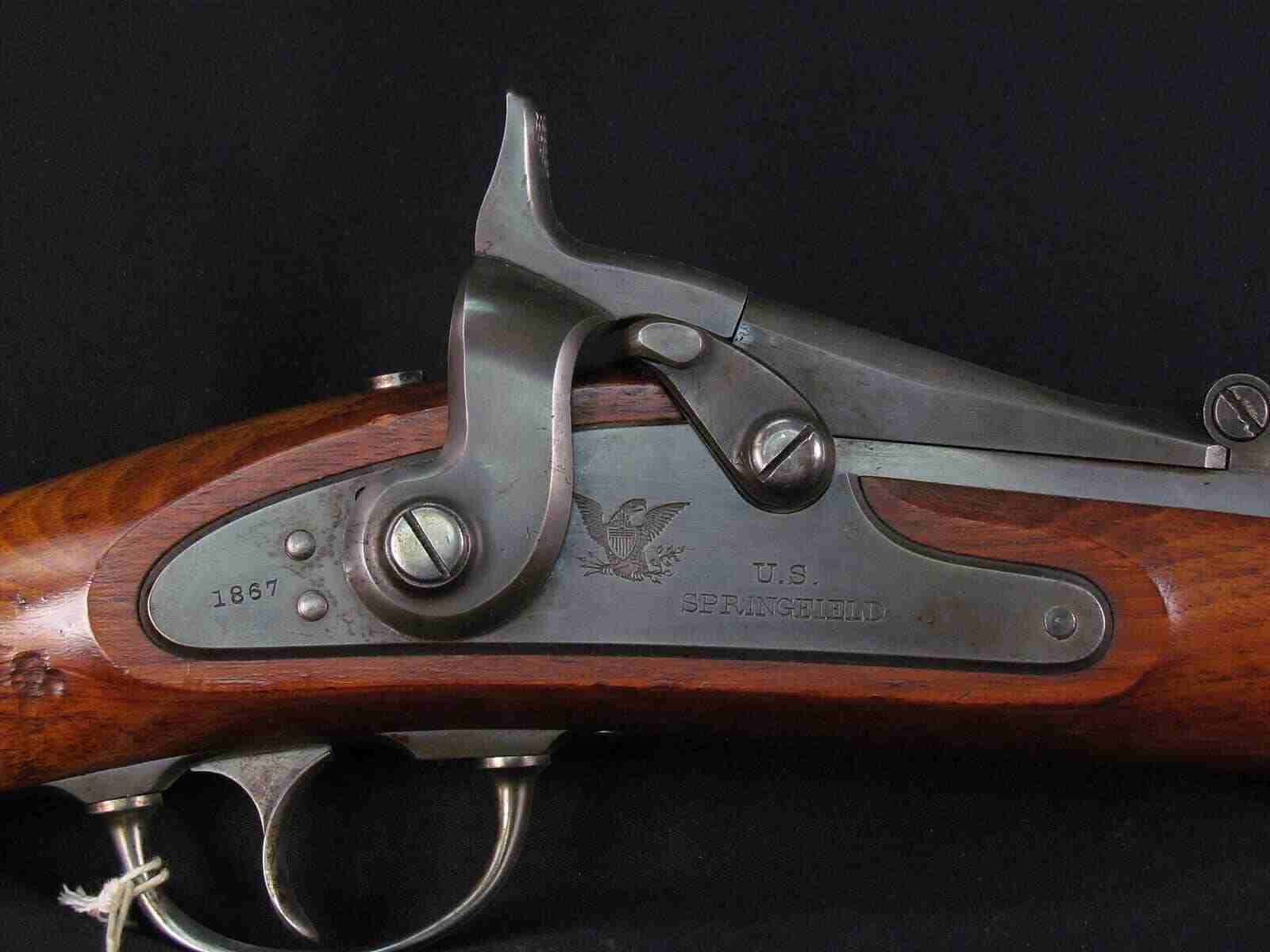The American Civil War, fought from 1861 to 1865, witnessed a rapid evolution in military technology, particularly in the development and deployment of small arms. Among the more obscure yet technically fascinating weapons fielded during the conflict is the Gibbs Carbine. Produced in limited numbers and briefly adopted by Union cavalry units, the Gibbs Carbine...
The Sako L46: A Study in Precision, Heritage, and Finnish Craftsmanship
In the annals of firearm history, the Sako L46 enjoys a revered position, embodying the perfect amalgamation of precision, durability, and craftsmanship. Born from the workbenches of Suojeluskuntain Ase- ja Konepaja Oy—better known as Sako—this Finnish-made bolt-action rifle has served as a gold standard for sporting and varmint shooting. With a legacy spanning decades, the...
The Gatling Gun: The Original Machine Gun That Changed Modern Warfare
In the midst of the American Civil War, while much of the world still relied on slow, single-shot muskets and rifles, one invention promised to redefine the battlefield forever: the Gatling gun. Patented on November 4, 1862, by Dr. Richard Jordan Gatling (U.S. Patent No. 36,836), this early rapid-fire weapon laid the foundation for the...
The Martini-Henry Rifle: Backbone of British Firepower in the Victorian Empire
Few firearms are as deeply intertwined with the expansion of the British Empire as the Martini-Henry rifle. Introduced in the early 1870s, it became the standard service rifle of British forces during the height of Victorian military campaigns. Rugged, powerful, and innovative for its time, the Martini-Henry brought together the precision engineering of Swiss inventor...

